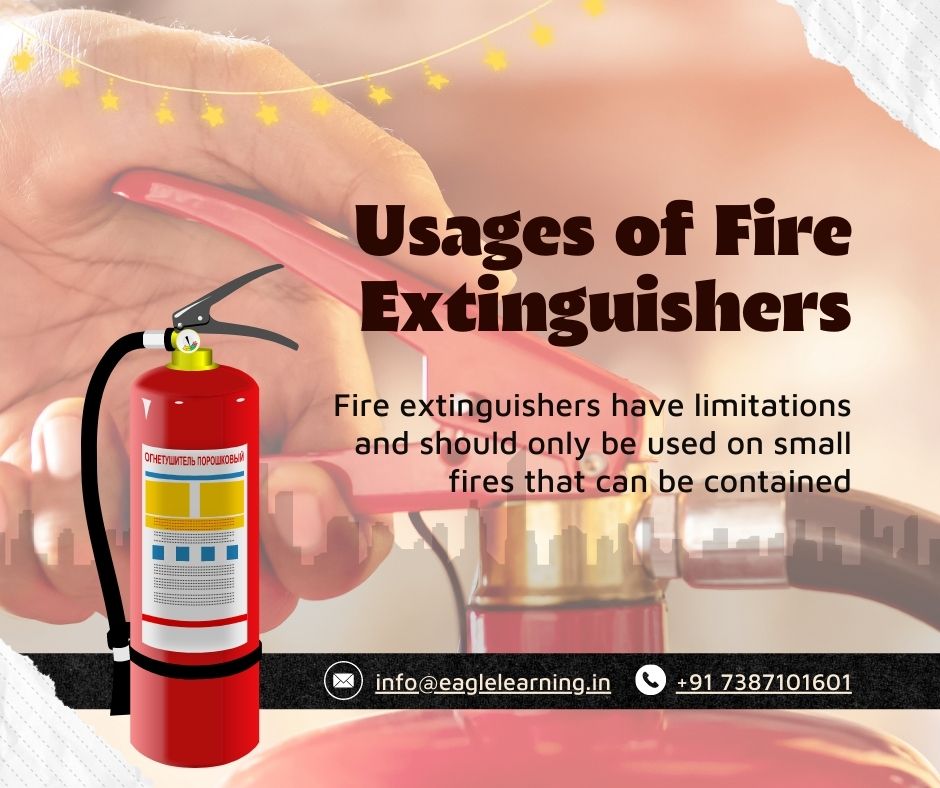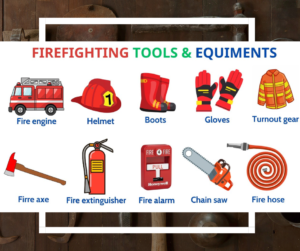
A fire extinguisher is a portable device used to extinguish small fires or contain them before they become too large. It consists of a cylindrical pressure vessel that contains an agent, which can be discharged to extinguish a fire. The agent can be in the form of foam, powder, water, or gas, depending on the type of fire extinguisher and the class of fire it is designed to extinguish. Read common usages of fire extinguishers as below.
Fire extinguishers are classified based on the type of fire they are designed to extinguish. There are four classes of fires:
- Class A: Fires involving ordinary combustibles such as wood, paper, or cloth.
- Class B: Fires involving flammable liquids such as gasoline, oil, or paint.
- Class C: Fires involving electrical equipment such as appliances or wiring.
- Class D: Fires involving flammable metals such as magnesium, sodium, or potassium.
Each fire extinguisher is labeled with the class(es) of fire it can extinguish, and it is important to use the appropriate type of extinguisher for the specific class of fire. It is also important to ensure that fire extinguishers are properly maintained and inspected regularly to ensure they are in working condition in case of an emergency.
Fire extinguishers are used to put out small fires or contain them before they grow larger and become more difficult to manage. They are an essential safety tool in any home, workplace, or public area.
Here are some common usages of fire extinguishers:
We are here to help you for MSBTE/UGC Affiliated Degree And Diploma Fire Engineering Courses so feel free to contact us.
Fires in the kitchen:
Cooking is the leading cause of home fires, and a fire extinguisher can be useful in extinguishing grease fires, electrical fires, or other small fires that may occur in the kitchen.
Electrical fires:
Electrical equipment can generate heat or sparks, which can ignite nearby combustibles. Fire extinguishers with a Class C rating are specifically designed to extinguish electrical fires.
Combustible materials fires:
Materials like paper, cardboard, and wood can ignite easily and spread quickly. Fire extinguishers with a Class A rating are specifically designed to extinguish these types of fires.
Flammable liquid fires:
Flammable liquids like gasoline, oil, and paint can ignite easily and spread quickly. Fire extinguishers with a Class B rating are specifically designed to extinguish these types of fires.
Fires in vehicles:
Fire extinguishers can be useful in extinguishing fires that may occur in vehicles, such as cars, trucks, and boats.
It is important to note that fire extinguishers have limitations and should only be used on small fires that can be contained. If a fire is too large or spreading too quickly, it is important to evacuate the area immediately and call the fire department.
For our recent training sessions visit our gallery.
To pursue a career as Firefighter/Fireman, individuals can obtain relevant certifications and training from recognized institutions in India, such as the National Safety Council, the Institution of Fire Engineers, and the Fire and Safety Forum of India. Some universities in India also offer degree programs in fire and safety engineering.





